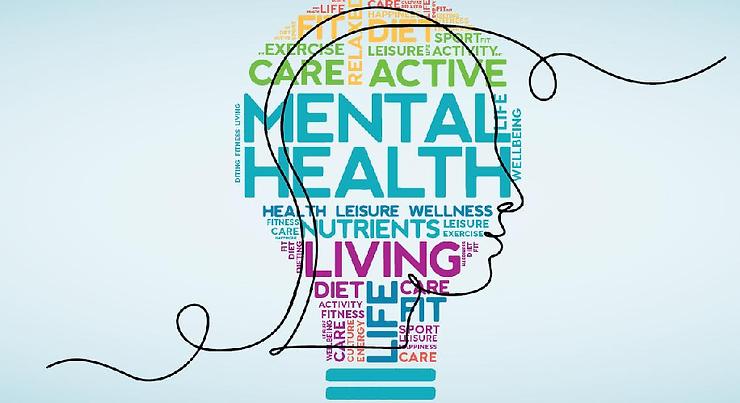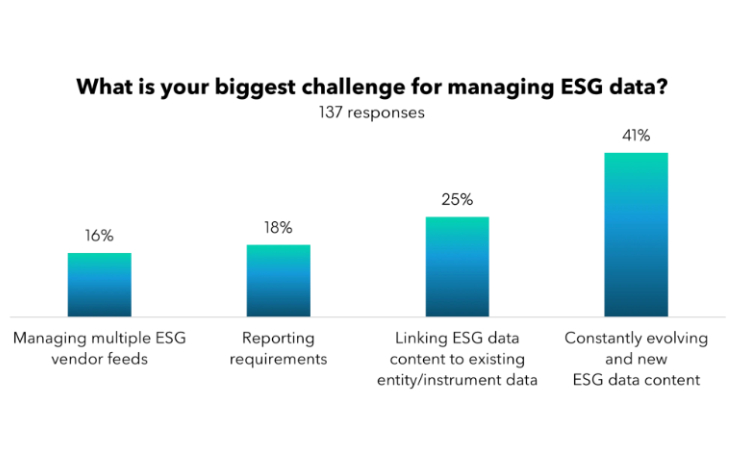Organisational and leadership focus, up until recently was almost exclusively focused on financial viability and the customer-centric mindset. In a post-pandemic-world the mental well-being of the staff – the businesses lifeblood, has emerged as a critical area of focus. A survey conducted by Gallup shows that the daily stress experienced by employees has climbed to 43% globally (Gallup, 2021).
According to a report by Deloitte on mental health and well-being, between a quarter and half of the global population is affected by a mental health challenge at some point in their lives (Deloitte, 2022). Coupled with the great resignation, this has put the focus back on where it should have always been – employee well-being. Interestingly, when asked what they look for in an employer, employee well-being was featured in the top three criteria of employees of all generations (Gallup, 2021).
In addition to the above, between 2011 and 2030, the cumulative economic output loss associated with mental health difficulties is projected to be $16.3 trillion worldwide (Deloitte, 2022). It becomes imperative for an organisation to address and ensure the mental health and well-being of its employees by taking the necessary steps.
Mental Health and Well-being
Sadly, too often, the stigma around mental health prevents people who need help from seeking it. But that simply doesn’t make any sense. Whether an illness affects your heart, your arm or your brain, it’s still an illness, and there shouldn’t be any distinction…we should make it clear that getting help isn’t a sign of weakness — it’s a sign of strength — and we should ensure that people can get the treatment they need.
– Michelle Obama, American Attorney & Author
At the heart of mental health and well-being is the mental and psychological well-being of an individual coupled with positive self-esteem. Socioeconomic, biological and environmental factors play a significant role in determining mental health and can affect work productivity. Well-being involves an individual’s life experiences and a comparison of life circumstances with social norms and values. Mental well-being enables an individual to cope with the stresses of daily life, including work-related stress. It also equips an individual to adapt and manage in times of change and uncertainty. Mental health and well-being assist immensely in forging social relationships, thereby contributing to the community.
To build a resilient and vibrant workforce, many organisations are doubling down on mental health and well-being programmes. Their commitment towards and interest in mental health programmes is quite extensive now. Amazon recently upped the ante by introducing six new mental health benefits and resources for its employees (Amazon, 2022).
Role of the Employees
‘The Great Resignation’ and ‘Quiet Quitting’ have compelled organisations to look inward. These employees have also triggered organisations to reassess their plans. A recent report by the American Psychological Association cites that 81% of employees approve that mental health support by employers will be a deciding factor when looking for future work (Forbes, 2022). Such cases should not be treated in isolation because the advantages of the five elements of well-being found by Gallup, viz. career, social, financial, physical and community well-being (Gallup, 2021), are manifold as they help an individual flourish. The employees should-
-
Prioritise their physical and psychological safety at the workplace, including adequate rest and mental health support.
-
Encourage teamwork and collaboration, including the creation of a culture of inclusion and belonging.
-
Aim for work-life balance.
-
Be recognised at work.
-
Seek growth opportunities (Forbes, 2022).
The above points should be of utmost significance to an organisation as they ultimately impact employee engagement, productivity and performance, realising an organisation’s aim to thrive and not just survive.

The State of the Global Workplace 2021 Report states that we are in the midst of a global mental health crisis set to deepen without extensive intervention. This has meant a renewed focus on career well-being as it greatly affects positive outcomes (Gallup, 2021). Large organisations like Microsoft found that 53% of over 31,000 global employees said they’re more likely to prioritise health and well-being over work than before the pandemic (Forbes, 2022). It should prompt organisations to return to the drawing board and rethink their mental health and well-being strategy. The organisations could consider and implement the following well-being initiatives.
-
Boosting well-being by inspiring employees to share their ideas.
-
Encouraging and incentivising employees to exercise.
-
Recognising the well-being achievements of employees.
-
Set well-being as an annual goal.
-
Social network to share well-being best practices (Gallup, 2022).
Advantages of Integrating ESG
More than three thousand signatories to the Principles for Responsible Investment indicated mental health as one of the top social issues they would prioritise (Forbes, 2021). Others have called for moving to ESHG (Fortune, 2021), incorporating health into the acronym. Forging ESG strategies jointly with the organisation’s larger mental health and well-being initiatives will help reap accrued benefits. A study conducted by Lancet found every $1 invested in mental health evidence-based programmes, employers can save $2-4 on other expenses (Forbes, 2021).
Work takes up a significant part of our lives, and employees have for a long time done justice to emotionally draining work that challenges their work-life balance and, most often than not, entails a lack of recognition. The organisations have started acknowledging these lacunae and are making the necessary changes as they understand that the time to act is now.
Bibliography
1. Amazon, 2022. Workplace. [Online] Available at: https://www.aboutamazon.com/news/workplace/6-new-mental-health-benefits-and-resources-for-amazon-employees
2. Deloitte, 2022. [Online] Available at: https://www.deloitte.com/content/dam/assets-shared/legacy/docs/perspectives/2022/gx-trend-mental-health.pdf
3. Forbes, 2021. Diversity, Equity & Inclusion. [Online] Available at: https://www.forbes.com/sites/onemind/2021/10/14/why-esg-metrics–strategies-should-include-mental-health/?sh=2b49813e403d
4. Forbes, 2022. Leadership Strategy. [Online] Available at: https://www.forbes.com/sites/alainhunkins/2022/11/28/the-new-road-map-to-improve-employee-well-being/?sh=6afea2df5ee2
5. Forbes, 2022. Small Business. [Online] Available at: https://www.forbes.com/sites/forbesbusinesscouncil/2022/11/07/employee-well-being-is-a-duty-of-care-for-leaders/?sh=197811c37af0
6. Fortune, 2021. Commentary. [Online] Available at: https://fortune.com/2021/08/25/esg-companies-health-reporting-legal-general/
7. Gallup, 2021. Workplace. [Online] Available at: https://www.gallup.com/workplace/352952/employees-wellbeing-job-leave-find.aspx
8. Gallup, 2021. Workplace. [Online] Available at: https://www.gallup.com/workplace/340202/wellness-wellbeing-difference.aspx
9. Gallup, 2022. Workplace. [Online] Available at: https://www.gallup.com/workplace/391739/showing-care-employee-wellbeing.aspx
Images-
10. iStock, 2016. iStock. [Online] Available at: https://www.istockphoto.com/photo/well-being-or-wellness-gm612490612-105511235
11. The American University In Cairo, n.d. [Online] Available at: https://www.aucegypt.edu/mental-health-and-well-being










